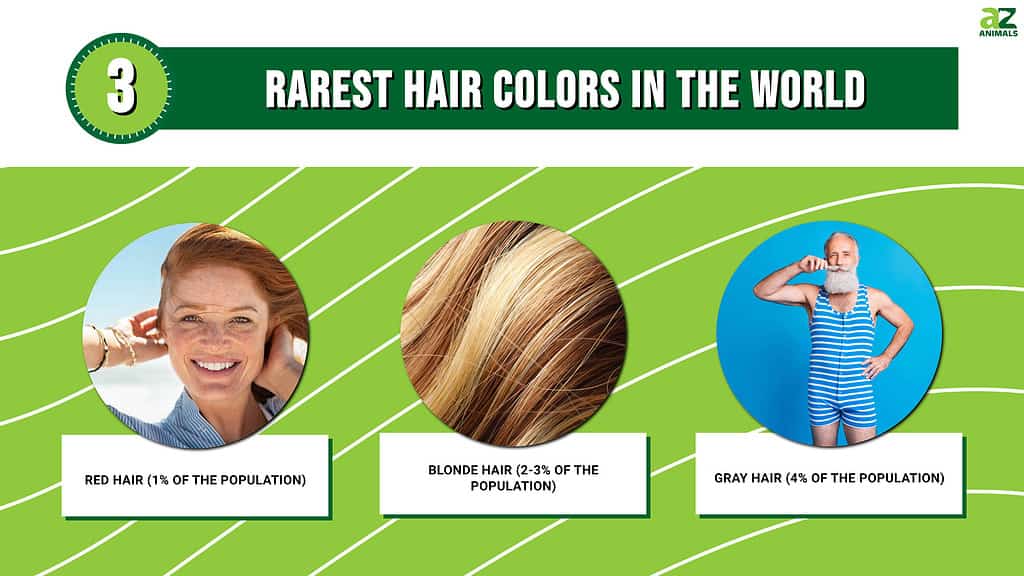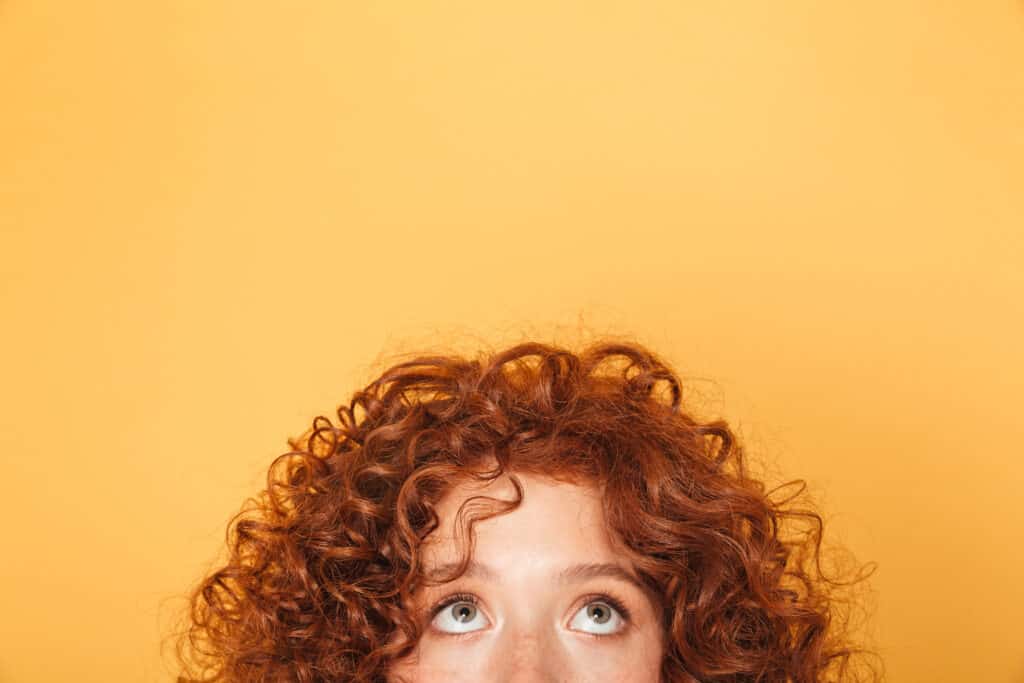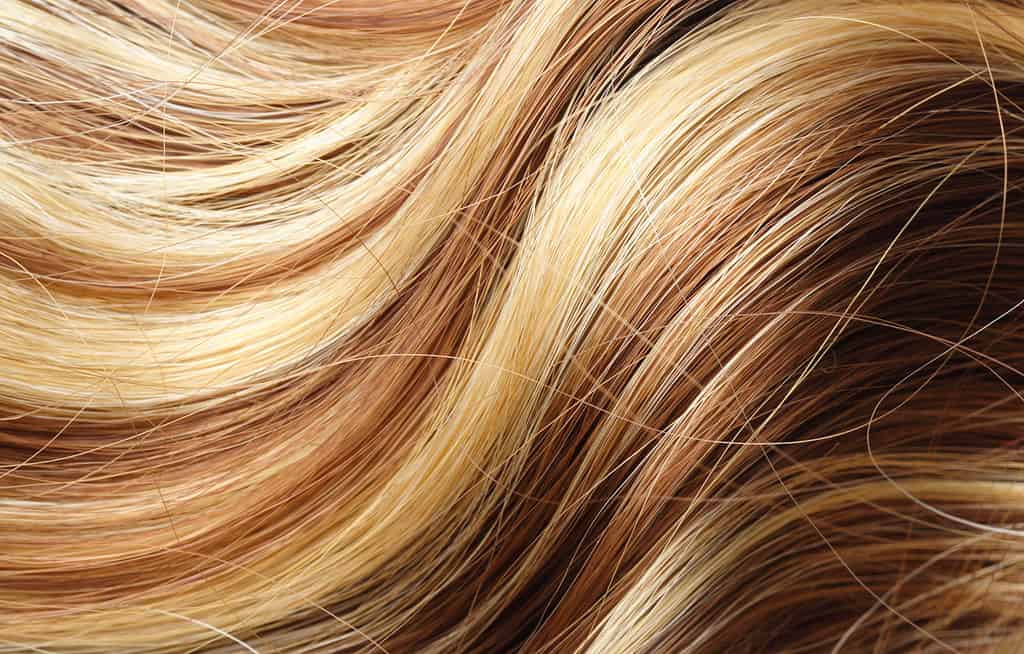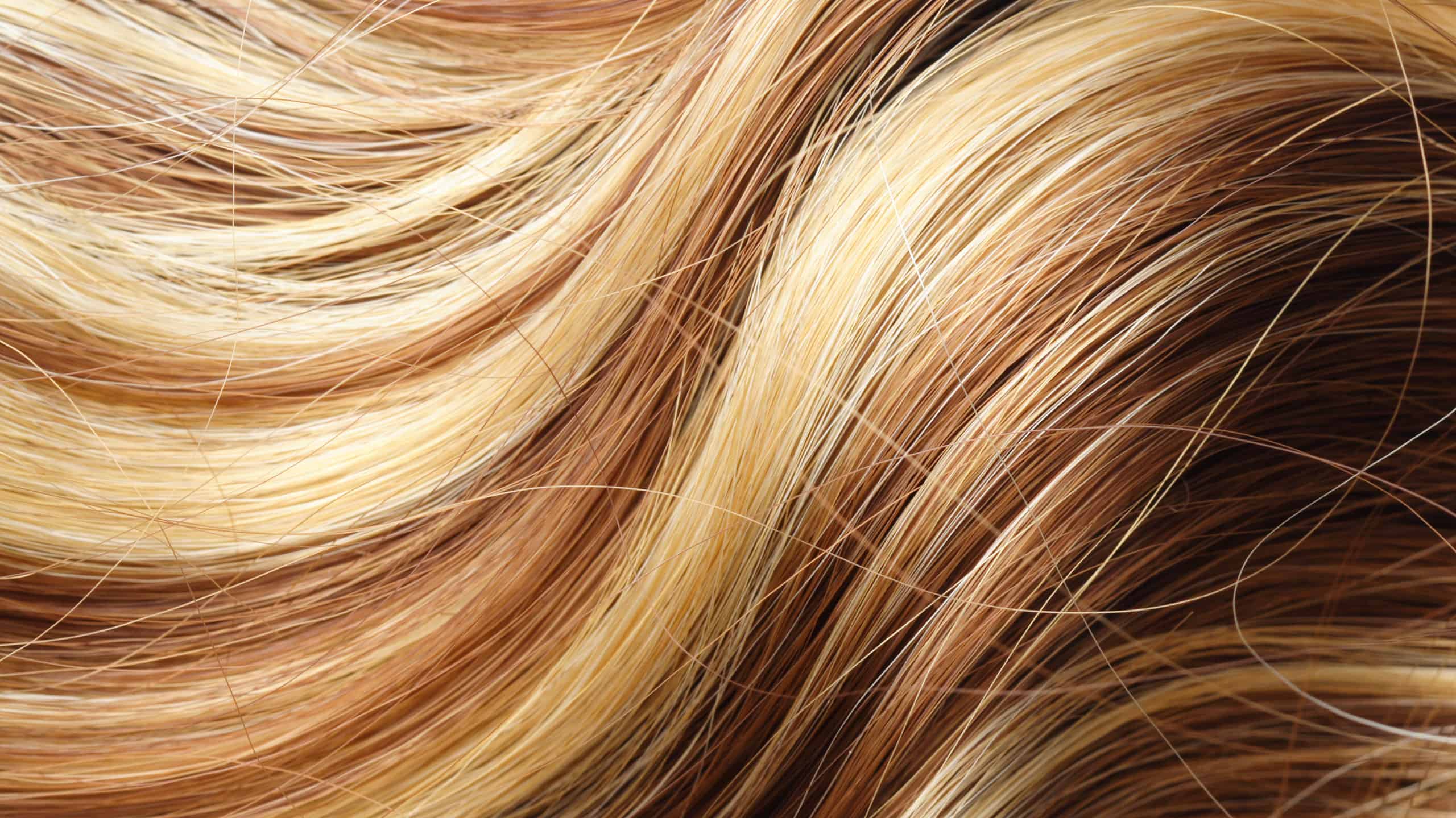Imagine strolling down a bustling street surrounded by a vibrant palette of diverse hair colors: rich ebony, glossy chestnut, fiery red, or sunny blonde. Yet, as you peer into the crowd, you may catch sight of hues that stand out from the rest. These are the world’s rarest hair colors, a captivating aspect of human genetic diversity.

Why is this such a topic of interest? Firstly, the color of our hair is a fascinating biological phenomenon. Hair color is a combination of genetics, biochemistry, and environmental factors. Understanding the rarity of certain hair colors can offer us a window into the complexities of human genetics and the forces that have shaped our species’ physical appearance across generations.
Hair color also plays a crucial role in our societal interactions, perceptions, and even self-identity. From social stereotypes to cultural significance, the color of one’s hair can carry strong implications. As such, exploring the world’s rarest hair colors can offer readers a fresh perspective on the diversity and complexity of human cultures and societies.
In this article, we’ll delve into the captivating stories of the small percentages of the population that carry these rare genetic traits, giving you a glimpse of the corners of the world where these hair colors are found. So, are you ready to unravel the mysteries of the rarest hair colors and the people who wear them? Let’s dive in and discover a world that’s often hidden in plain sight, just waiting to be discovered!
Overview of Hair Colors

Dark hair is the most common kind of hair in the world.
©Ridofranz/iStock via Getty Images
Before delving into the rarest hair colors in the world, we should first discuss the most common. Generally speaking, dark hair is the most common kind of hair in the world. Though “dark” is a broad term that encapsulates an array of tones, it is the term most often used. Interestingly, even in countries where blonde or light hair is seen as more conventionally attractive, dark hair remains the most prevalent. For instance, the United States has 85% black-haired residents and 11% brown, leaving only a mere 2% of the population with authentically blonde hair.
When it comes to blonde hair, you’ll only find it in bulk authentically in parts of Europe. Specifically, the countries of Germany, Iceland, and Norway will have the most blondes. Since blonde is such a common color for individuals to dye their hair, many believe the natural occurrence of the color in people to be much more saturated than it actually is.
Then, of course, is red. Though we’ll touch on this further, red hair is going to be the most difficult to find geographically. The highest concentration of natural redheads is in Scotland, where 40% of the population carries the gene. Since red hair is recessive, it is incredibly rare, even in its most concentrated areas. In Scotland, a mere 13% of residents are redheads, and that’s the country where the most reside!
Rarest Hair Colors
The moment you’ve all been waiting for, let’s discuss the rarest hair colors in the world.
1. Red Hair (1% of the Population)

Red hair is the least common in the world, making up only 1% of the population!
©Dean Drobot/Shutterstock.com
Though this probably comes at little surprise due to its notoriety for being rare, red hair is a color that is sought after by many and carries a lengthy history. Only a mere 1% of the world’s population has red hair, and even then, the numbers are decreasing with time. This is because the genetic trait that results in red hair is recessive. Recessive traits are unlikely to be passed on throughout generations.
Other traits that are often related to those with natural red hair are freckles, pale skin, and light (sometimes even green) eyes.
2. Blonde Hair (2-3% of the Population)

Despite thinking blondes have more fun, only 2% of the United States is a natural blonde.
©Kasiam/ via Getty Images
Blonde hair is up next in our list of the rarest hair colors. You might see a number of blondes in your day-to-day, especially if you live in a country where blonde has become a standard of youth and beauty, but chances are that the majority of those people do not have that shade of hair naturally. Also, a recessive trait, though lesser so, natural blondes are actually not too easy to come by.
3. Gray Hair (4% of the Population)

About 4% of humans in the world have gray hair.
©Deagreez/iStock via Getty Images
Coming in as our third-rarest color, gray hair makes up a good 4% of the world’s population. Why so many people with gray hair, you ask? The elderly! It is perfectly natural that, over time, one’s hair begins to take on a gray or sometimes silver hue. Because of the number of older folks in the world, this color has become more prevalent than red or blonde hair.
Genetics of Hair Color

Despite thinking blondes have more fun, only 2% of the United States is a natural blonde.
©monkeybusinessimages/ via Getty Images
Now that we’ve discussed the rarest hair colors, we should now explain how these rare colors come about. The appearance of these colors, along with their more usual counterparts, is due mostly to genetics. You see, hair color is determined by two types of melanin pigments—eumelanin, which is brown or black, and pheomelanin, which is red or yellow. The production and proportion of these pigments are governed by several genes, most notably MC1R, TYR, TYRP1, and OCA2.
The MC1R (Melanocortin 1 Receptor) gene is especially crucial in determining whether eumelanin or pheomelanin is produced. When the MC1R gene is active, eumelanin is produced, resulting in brown or black hair. If MC1R is less active, pheomelanin is produced instead, causing the hair to be red or blonde.
However, hair color is a polygenic trait, which means that it is influenced by multiple genes. For instance, variations in the TYR and TYRP1 genes can affect the amount and type of melanin produced, influencing the hair’s overall color and intensity. If one has white or silver hair from a young age, it is often due to a condition called albinism. This involves a mutation in the TYR, TYRP1, or OCA2 genes. These mutations reduce or block the production of melanin, causing the hair, skin, and eyes to have little or no color.
Variations or mutations in these genes can lead to rare hair colors. For example, mutations in the MC1R gene are associated with red hair, which is relatively rare globally.
Are There Non-Genetic Factors as Well?
Certain factors contribute to hair color that aren’t entirely attributed to genetic content. You see, one determinant is the person’s location. The distribution of different hair colors across the world suggests that natural selection and population history have played a role in the frequencies of different hair colors.
For example, dark hair is most common globally, likely due to the strong sun-blocking effect of eumelanin. In contrast, lighter hair colors are more common in northern latitudes, possibly due to a proposed (though controversial) theory that lighter hair color evolved to increase vitamin D production in areas with less sunlight.
Significance of Rare Hair Colors

Nowadays, red hair is associated with passion and excitement.
©UfaBizPhoto/Shutterstock.com
The interesting thing about the rarest hair colors is that their uncommon nature laid room for a lot of historical speculation. In a variety of cultures, these colors have different implications. Comedically, some of these identifications have completely opposite meanings. It seems that from time to time and from culture to culture, these rare colors have held very different meanings for those who saw them.
Historically, red hair has been associated with fiery temperaments and heightened sexuality in cultures ranging from Ancient Greece to Medieval Europe. For instance, during the Middle Ages, red hair was often linked with witches and heretics. On the flip side, in Celtic mythology, redheads were often attributed with magical powers. Nowadays, though, red hair is simply known to be a symbol of passion and excitement.
Another hair color with interesting perceptions is blonde hair. In ancient Rome, blonde hair was associated with prostitutes, as they often dyed their hair using saffron dyes to attract clients. In contrast, during the Middle Ages and Renaissance in Europe, blonde hair was often seen as angelic and virtuous, as depicted in numerous paintings of the Virgin Mary and other religious figures. An interesting dichotomy but one that has been recognized nonetheless.
Thank you for reading! Have some feedback for us? Contact the AZ Animals editorial team.








